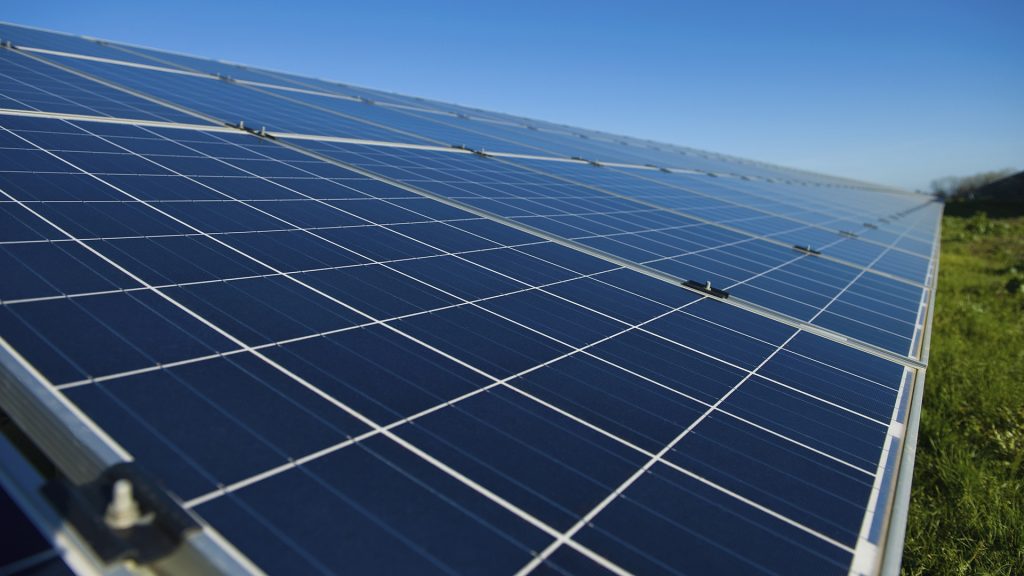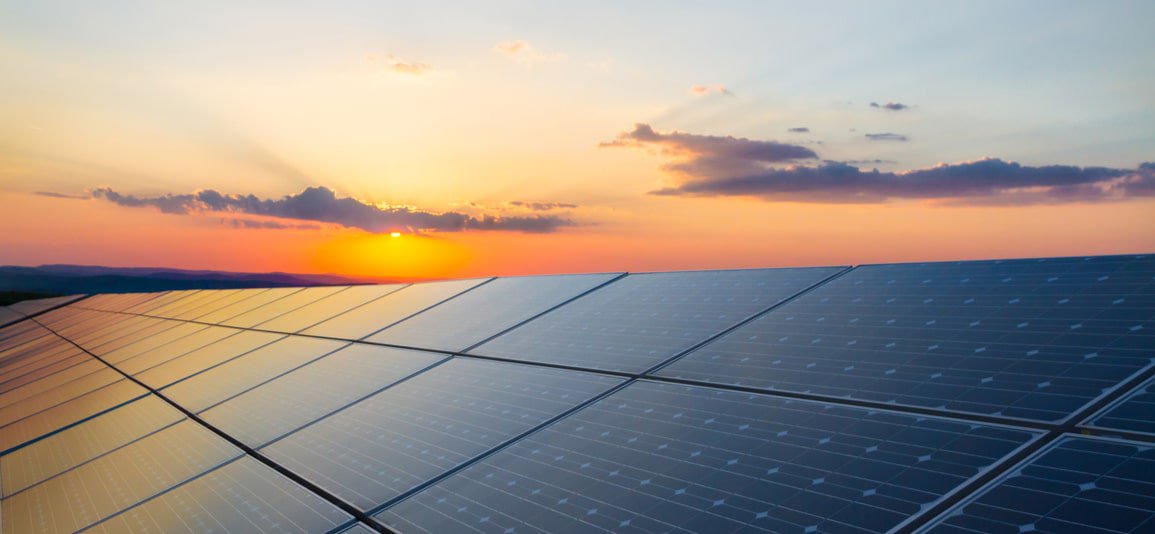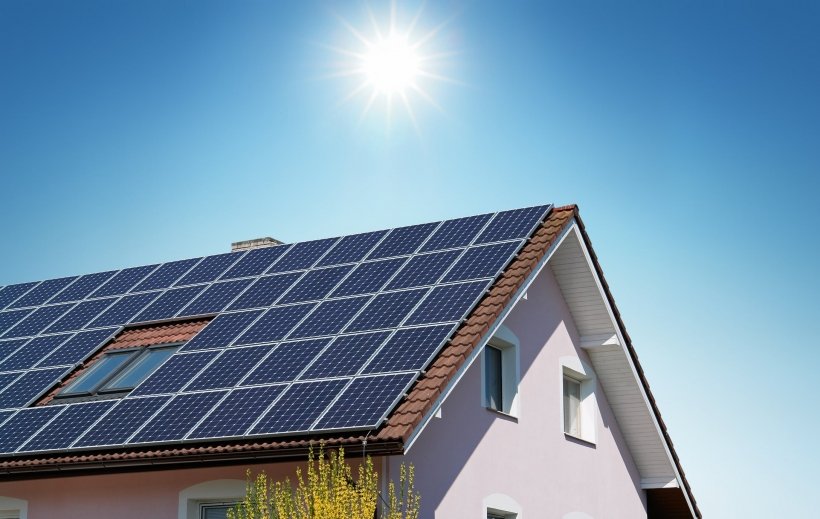Monocrystalline solar panels offer high efficiency (15-20%), long lifespan (over 25 years), and superb durability, ensuring a higher return on investment.
Higher Efficiency
What makes monocrystalline solar panels so efficient is that they usually have efficiency percentages of between 15% and 20%, and some even get up to 22.7% as long as they are premium. Native has a clear advantage, giving it an appeal to those looking to squeeze maximum energy per capacity out of square footage this allows for.High-purity silicon
The use of high-purity silicon is the key to achieving such high efficiency rates in monocrystalline solar panels. This stuff is made to be one continuous crystal structure, through which electrons can flow without a break. This lattice arrangement is particularly efficient at transforming sunlight to power, a lot the cracked silicon crystals in polycrystalline panels.Efficiency Leaders
Companies like SunPower and LG are leading the manufacturing of high-efficiency monocrystalline panels. SunPower may own notability for its X-Series panels, which produces a stated efficiency of 22.7 percent, one of the highest available. They are designed to be able to produce more energy per square foot, which makes them perfect for both residential rooftops and large-scale commercial installations.Practical Efficiency
Meanwhile the application implications of high performance are broad. For homeowners in residential settings, equivalent energy output can be accomplished with fewer panels– allowing them to maintain the aesthetic of their property, and reduce the roof load. A higher efficiency can lower the operational costs and result in a faster return on investment for commercial projects as the power generation requires less land area.Better Low Light Performance
They have a high energy output per square foot and perform especially well in in lower light conditions such as cloudy or overcast days(resources may vary). This feature will improve the output consistency across different running conditions and continue to strengthen overall power assurance.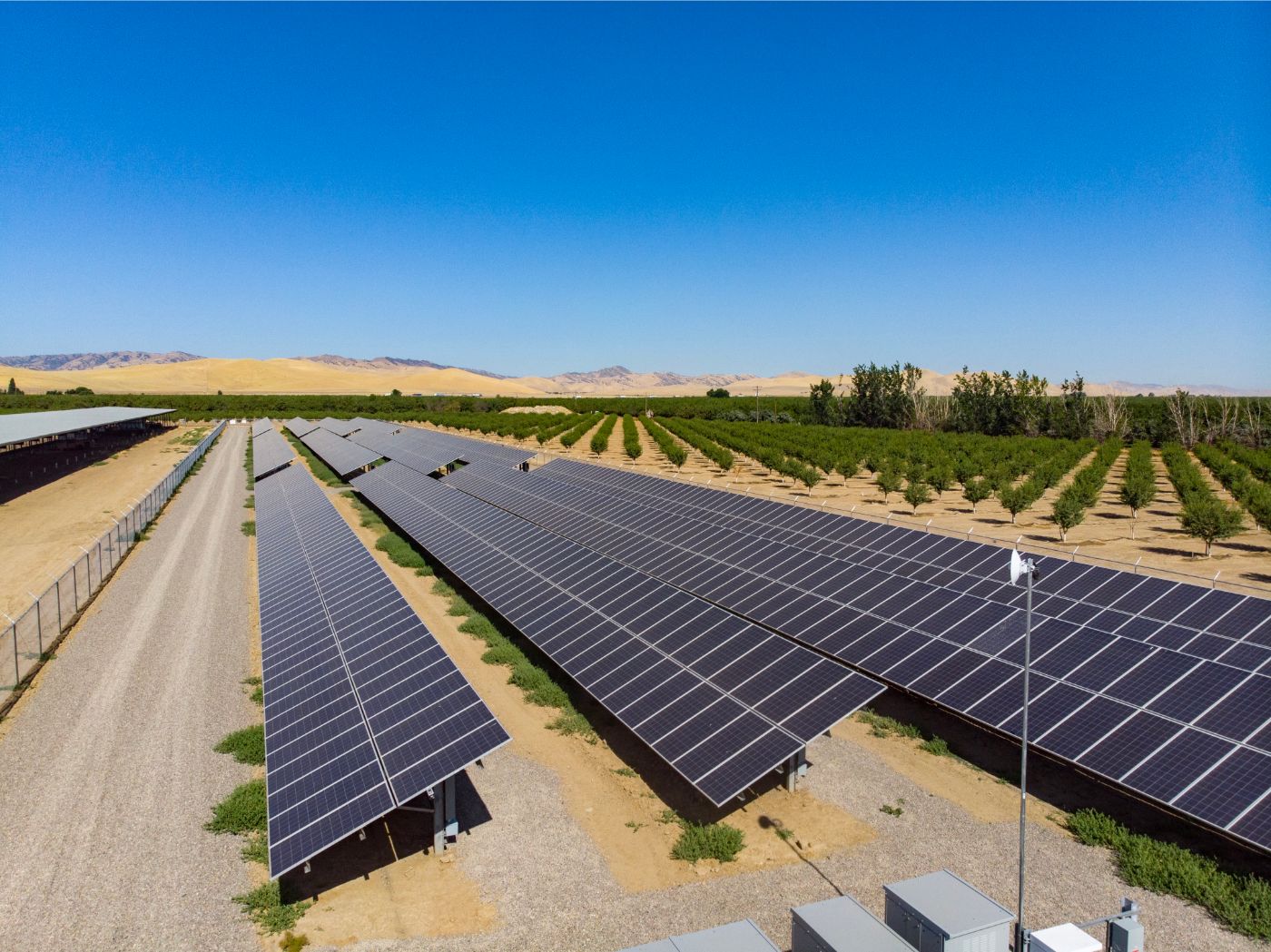
Longer Lifespan
The lifespan of monocrystalline solar panels is known to be exceptionally long, with a typical lifespan of over 25 years. So, they become a great investment if you are in search of a long-lasting energy solution.Premium Silicon Quality
Monocrystalline solar panels can also last a long time, and that is thanks to the high quality single-crystal silicon that they are made from. Monocrystalline: designs with a single crystalline silicon cell, as opposed to other technologies which are polycrystalline—many smaller silicon fragments are melted together. This uniformity equals fewer failure points and with less things to go wrong mechanically long-term degradation is much less of an issue.Never Degrading Low
The monocrystalline panels have a longer life, they usually expire at a rate of 0.4% to 0.5% per annum, according to various research and field data. Accordingly, those panels can maintain 88-90% original efficiency after 25 years of service. It proves the quality of the materials and how the panels are manufactured as monocrystalline panels have a slow rate of degradation.Reliable under the harshest work and off road conditions
The most weather-resistant of all the solar panels, even Monocrystalline solar panels are specifically made to be able to cope with the harshest of the weather, from blistering heat atop sun-parched roofs to freezing icy conditions in the coldest of climes. High resistance to temperature variations and physical deformations guarantees their durability and functionality for any hazardous external factors.Studies of Top Manufacturers
Major manufacturers like SunPower and LG have verified monocrystalline solar panels that are still beyond their expected operational lives. For instance, SunPower panels have high efficiency and are specifically designed to sustain high performance long after the typical life expectancy of conventional solar panels. These are real-world examples that demonstrate the dependability and the enduring value of investing in monocrystalline technology, so enjoy the experience.Effect on Cost-Effective and Sustainability
The long life of monocrystalline panels means they do not need to be replaced as often which can help reduce waste. Moreover, this means lower user costs over the long term and more profit on the initial cost of the user. The long lifetime of these panels additionally contributes to sustainability objectives as it ensues the environmental effects of their production, and the waste treatment is distributed over a longer period.Space Efficiency
Space is at a premium in many solar installations, and monocrystalline solar panels are valued for their space efficiency above all else.
Impressive Watts per Floor Space
Because they have highest efficiency rates, typically 15-20% with the best monocrystalline designs— which are tested to have up to 22.7% efficiency for models from the SunPower brand— monocrystalline panels dominate when it comes to power output per square foot. This efficiency means that these panels can generate more electricity over the same square footage compared to other types of solar panels, such as polycrystalline or thin-film panels.
Good for Limited Space Areas
Monocrystalline panels are the most space efficient type of solar panel due to their high efficiency, which is valuable in urban settings, small residential rooftops, or areas where space is limited. For instance, 20 panels might be needed to accommodate certain energy needs for a polycrystalline setup, where a monocrystalline one may provide the same output with 16 to 18 panels. This can add up when you have a small space, which means you need less panels.
Less Installation Complexity and Structural Stress
Then, which also decrease the loads and stresses on the rooftops, while simplifying installation and reducing costs. This can prove to be extremely beneficial to buildings which are largely old or which may not sustain a high weight loading. Providing for easier installation may result in reduced installation labor and support costs.
Designing With Beauty In Mind Without Losing Utility
Monocrystalline panels have a more modern slimline design so are often a more aesthetic choice Such panels are preferred by both homeowners and businesses who do not want to compromise on aesthetics for functionality. The ability to meet energy goals with fewer panels could allow for some interesting roof designs with much more creative and attractive layouts.
Optimizing Solar Production in Commercial Applications
For commercial installations and solar farms, more electricity production per unit area can be a matter of not just convenience but economic feasibility as well. Mono-crystalline panels are ideal in such cases as their space efficiency is unmatched—the better a solar panel is at converting sunlight into electricity, keeping in mind there is a limited surface area to capture sunlight over here, the better ROI and efficiency these solar panels would provide.
Aesthetic Appeal
Monocrystalline solar panels make for a more modern, clean look when used on any building because of their more uniform sleek design. In contrast to polycrystalline or thin-film solar panels that have speckled blue texture, monocrystalline panels have a nice uniform look with a smooth, black surface. Being visually integrated is especially beneficial in the case of residential rooftops where harmonizing with the design is often a critical factor. Of course (Assuming a monocrystalline panel), monos are black, slim, and look appealing to the eye, integrating very smoothly onto the numerous architectures, making it easier on the eyes.
Minimalistic Design
Monocrystalline Monocrystalline solar panels have clean cut, simple aesthetics factured directly from crystal cells. Their clean lines and modern aesthetic, due to the elimination of visible grids or seams, make them popular among homeowners and businesses looking for a little elegance. Besides being aesthetically pleasing by reducing visual bulk, the slim-line design is cohesive with the look and feel of the structure or the landscape.
Aesthetic Integration Flexibility
Monocrystalline solar panels also have the advantage of being very flexible in terms of aesthetic integration into a wide variety of environments. When mounted in rooftop, facade, or ground-mounted arrays, these panels blend in with their surroundings whileproviding for aesthetic areas. Their dynamic nature allows architects and designers to incorporate solar energy solutions in a manner that is both practical and aesthetically conscious. Accordingly, monocrystalline panels can be deployed in a myriad of applications that blend renewable energy systems seamlessly with other structures in both home and business scenarios.
High-Quality Materials
Monocrystalline solar panels are made with the best possible quality materials that are resistant to rust and have a triple layer panel meaning that thanks to its aesthetic design will not reduce the value to the house. Utilization of high-quality silicon wafer for panels delivers excellent performance and refined aesthetics. All these panels go through stern quality checks in order to meet the standards of color, texture and overall finish that adds to their visual aesthetic appeal and performance. This makes monochrystalline technology a aesthetically pleasing, as well as durable long term solution for energy generation for homeowners.
Architectural Enhancement
Monocrystalline solar panels are intended to provide a building with more aesthetically pleasing architectural shadows or shapes, beyond merely operating as a renewable power solution. These panels are rich in texture and help to create interesting architectural designs with sustainable materials, whether used in building facades, awnings or pergolas. Architects can create a more visually appealing built environment that sends the unmistakable message that these structures are committed to environmental stewardship, while also helping to reduce the demand on electrical grids. This is ideally what monocrystalline panels have to offer: a blend between functionality as energy generators and attractiveness as a design element in a modern architecture setting.
Durability and Reliability
Longevity — Monocrystalline solar panels are the most durable, making them capable of providing clean, renewable power for decades. These panels usually have a warranty of 25–30 years, indicating their long term use. The superior materials and manufacturing used in this monocrystalline solar panel make it impervious to weather conditions like hot and cold temperatures, 35mm amorphous glass, wind, and snow loads. Their maintenance requirements also remain minimal over their lifetimes, thus creating a cost-benefit investment in residential, commercial, and industrial installations.
High Efficiency
Monocrystalline solar panels offer some of the highest efficiency levels for photovoltaic technology, so you get the most “bang for your buck!” These panels convert more of the sunlight into the power and are about 20% more efficient than others types of solar cells. It enhances every aspect of a solar energy system from the system's overall performance to its reliability in different environmental conditions. And no matter how sunny or unpredictable the weather in your region, monocrystalline solar panels produce reliable, year-round power generation.
Temperature Resistance
Compared to polycrystalline solar panels, monocrystalline models have also improved average temperature coefficients, meaning they do a better job of holding up their efficiency in elevated temperatures such are those experienced in desert climates. All-day performance – While other solar technologies suffer from a loss in performance at high temperatures monocrystalline panels remain extremely efficient taking in solar energy and turning it into electricity throughout the day. This temperature tolerance feature renders them ideal for installation in warm-climate geographies or in regions with variable weather conditions, where uninterrupted power production is crucial to meet the electricity demand.
Low Light Performance
Monocrystalline solar panels offer great performance in low light conditions like on a cloudy day or mornings, and evenings. In this application, even under severely reduced sunlight intensities, their cutting-edge cell technology achieves efficient energy conversion, guaranteeing continuous power generation under changing weather environments. It makes particularly great sense for sites that see a lot of cloud cover or have shorter days, or where making sure energy production is always acceptable is imperative to keeping the site able to meet its energy needs.
Minimal Degradation
For monocrystalline solar panels, the output might degrade marginally over time and the electricity production efficiency is always stable, which means it stays strong across the 10-25 years life span. Most of these panels degrade at a rate of 0.3% to 0.5% per year, which means that by the time they are 25 or 30 years old, they are still 76 to 70% and 70 to 61% efficient, respectively. The slow degradation rate of monocrystalline technology attests to its enhanced sustainability and its ability to maintain its energy yield over the years — reassuring property owners and financiers, equally
Resistant to the Environment
Monocrystalline Solar Panels are designed to withstand several environmental factors like moisture, salt spray, and corrosion. Built tough with resilient materials prevents moisture and corrosion from contaminating the connections which prolongs the life of the plugs and sockets, making them ideal for both coastal or industrial applications. This resistance to environmental stressors increases the life expectancy and dependability of monocrystalline panels, allowing them optimal for a selection of uses, from domestic roofing systems to off-grid setups-- and even in remote locations.
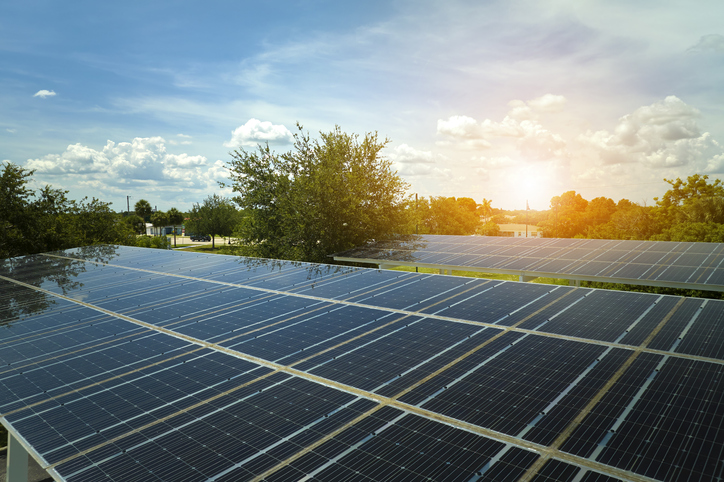
Higher ROI
The financial implications of monocrystalline solar panels generally point to a return on the investment through energy bill savings. Since the panels can generate power from sunlight, they offset any amount of electricity that you would otherwise buy from the grid, thus reducing your electricity bill each month. Homeowners and businesses can expect to receive substantial reductions in their electricity bills as a result, with savings potential utilities and taxation of approximately 50% to well over 100%, depending on the size of the grid, local utility rates, and expected solar irradiance.
Government Incentives
The end result is that the installation of monocrystalline solar panels also often grants property owners different government incentives and rebates, thereby providing even more bang for your buck. These incentives may range from federal tax credits to state-level rebates and local utility incentives meant to encourage the use of renewable power. The federal Investment Tax Credit (ITC) is an example of a federal program that lets homeowners and businesses offset some of their solar installation costs with their federal taxes, which could drop the upfront cost of going solar as low as 26%.
Increased Property Value
For example, homes or buildings with monocrystalline solar panels are typically valued at higher rates and consequently have higher resale values. Research has shown that homes with solar sell at a premium and in less time — reportedly up to $15,000 for every kilowatt of installed solar capacity. The financial return of this high resale value doesn't just stop direct, but increases the overall ROI of solar ownership.
Net Metering Programs
Solar panel owners in many areas are eligible for net metering or similar arrangements that credit solar owners for any surplus electricity they can give to the grid. These credits either offset future electricity usage when you are not producing solar that helps reduce your overall energy costs and increase the incentives of the solar investment. Using net metering programs, solar panel owners can ensure that they either reap maximum financial benefits from their investment while contributing to grid stability and the partial integration of renewable energies.
Environmental Benefits
The benefits of investing in monocrystalline solar panels go beyond financial returns, contributing not only to your pocketbook but to the environment as a whole as well. Solar energy prevents the discharge in the production of electricity of greenhouse gases, air pollution, and the over-dependence in finite fossil fuel problems. The rewards of environmental stewardship bear fruit not only to society at large but also in company-led corporate social responsibility programs that boost brand image and customer loyalty.

